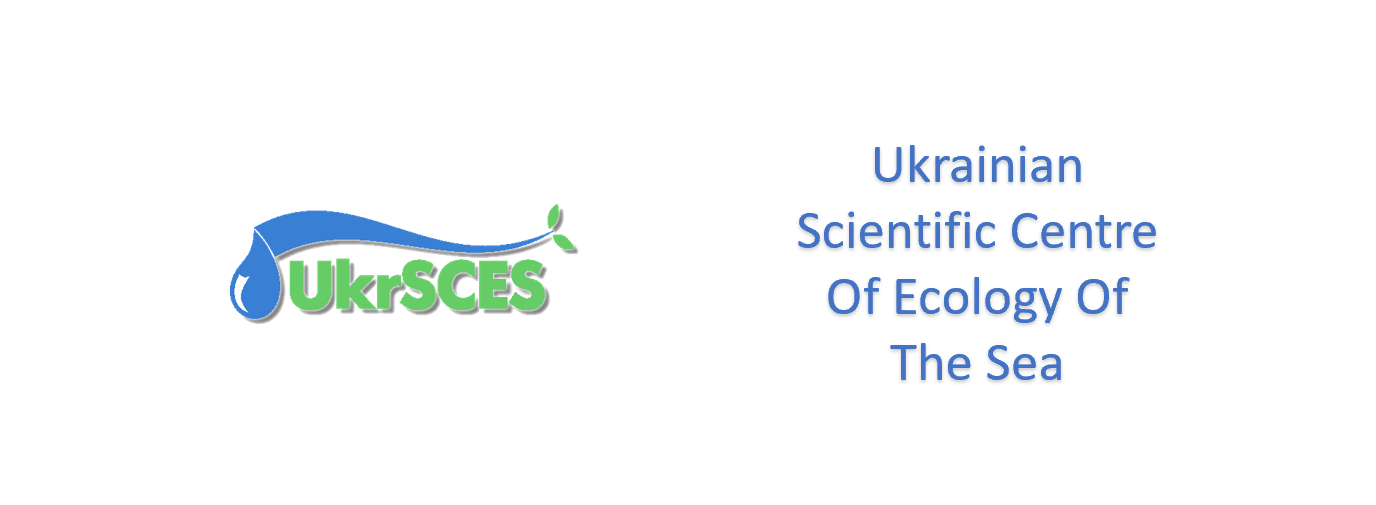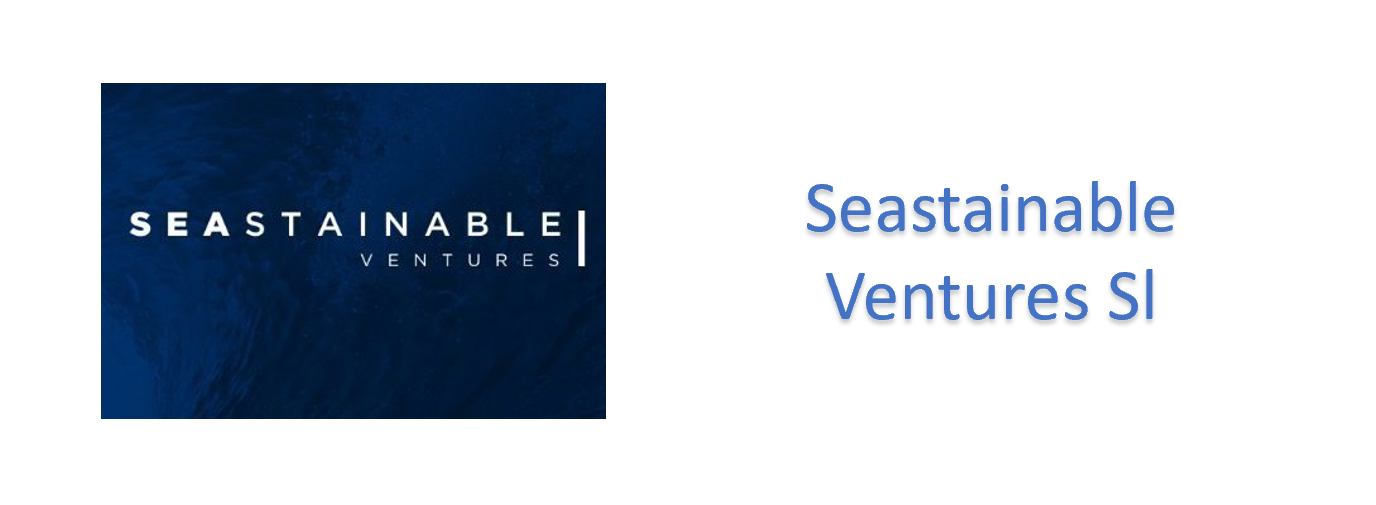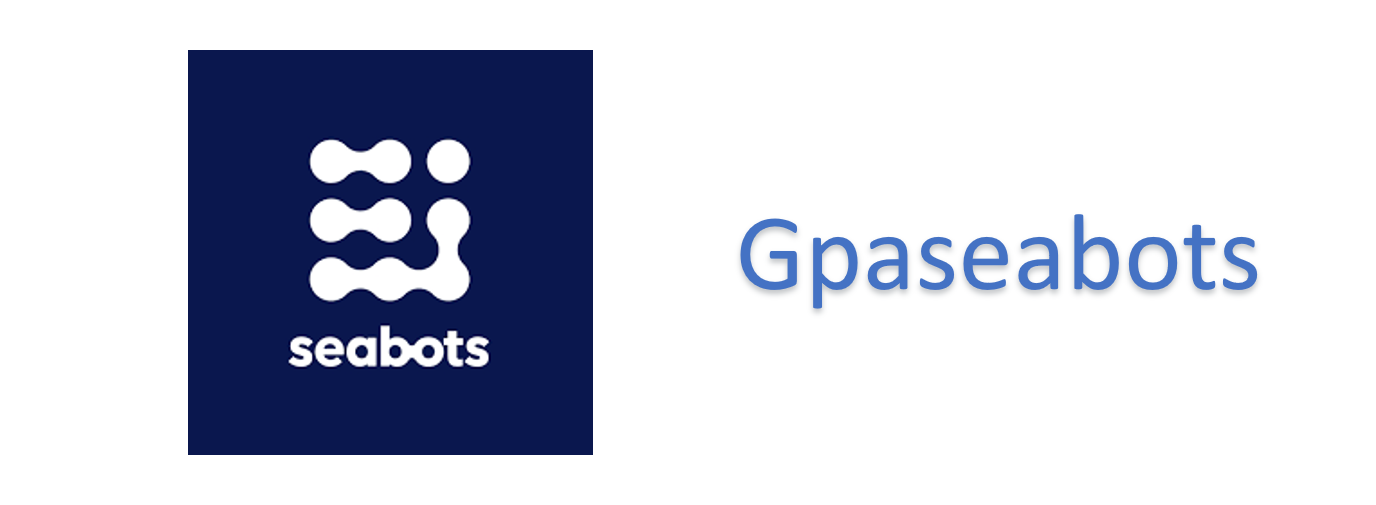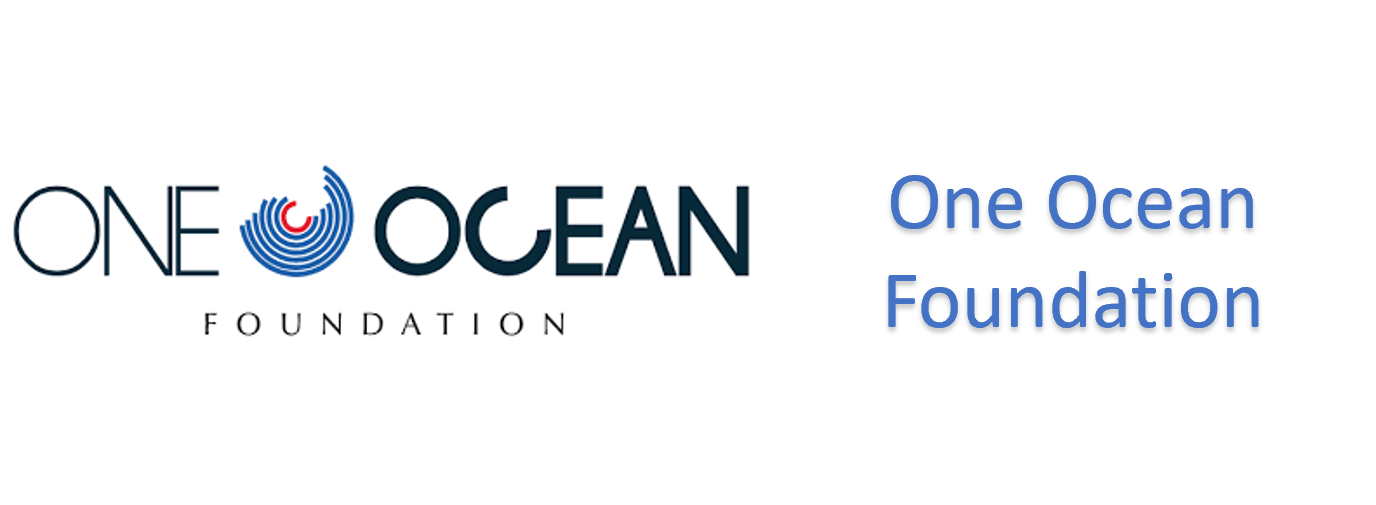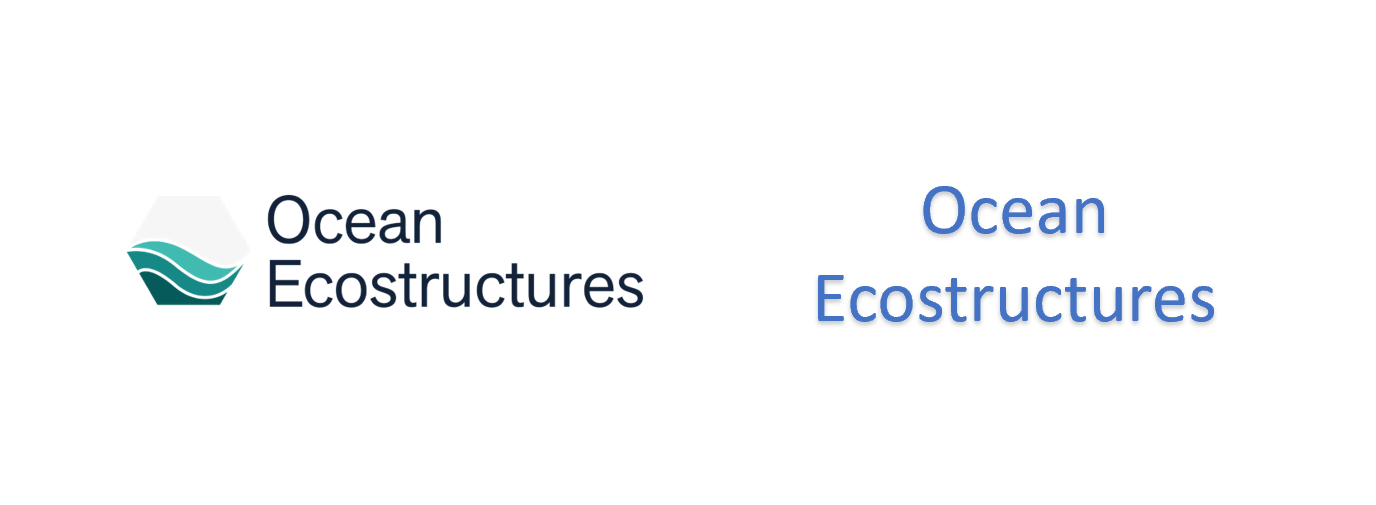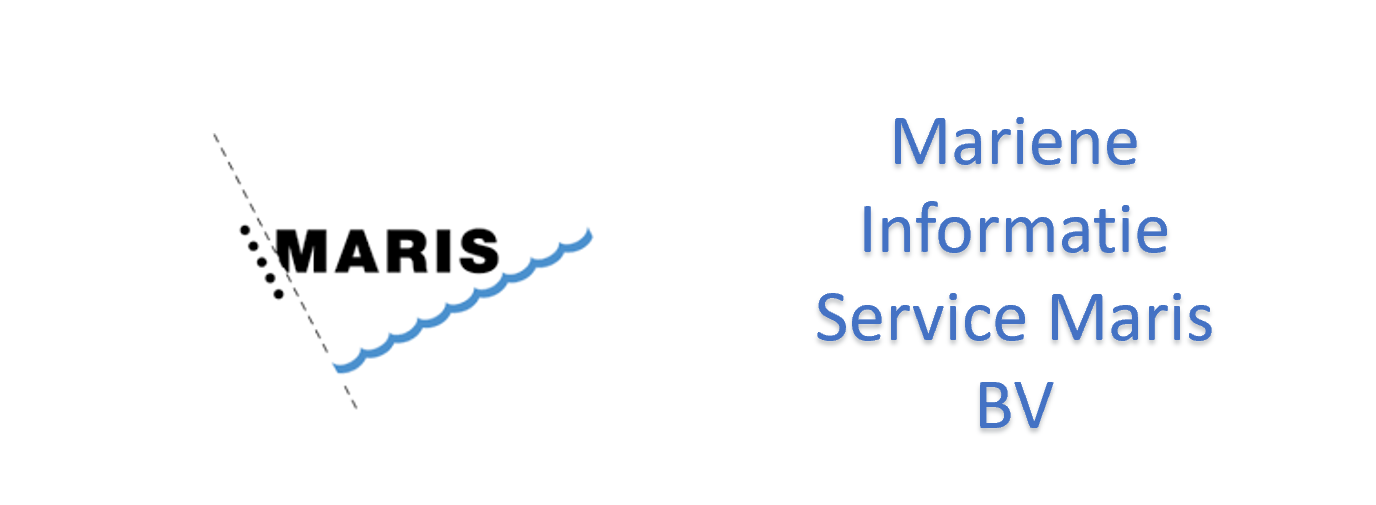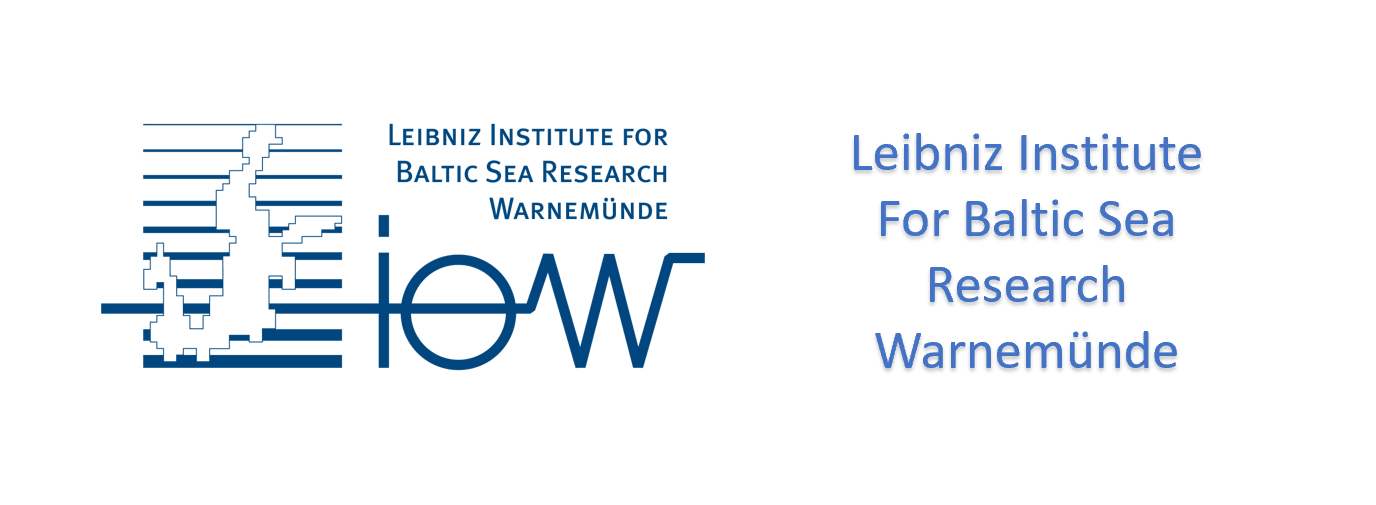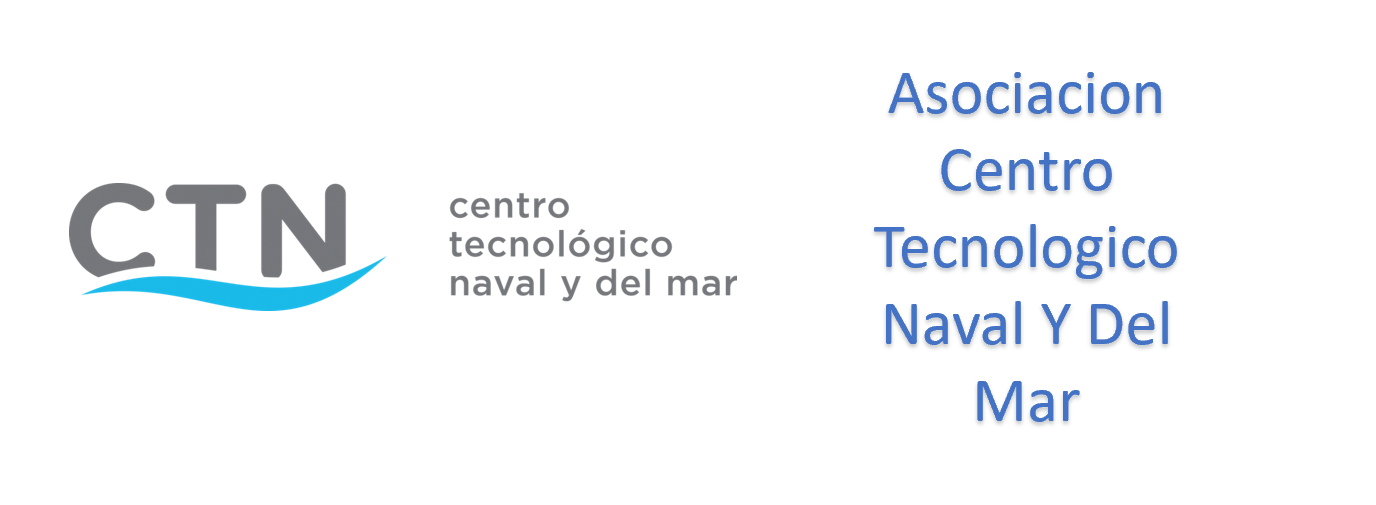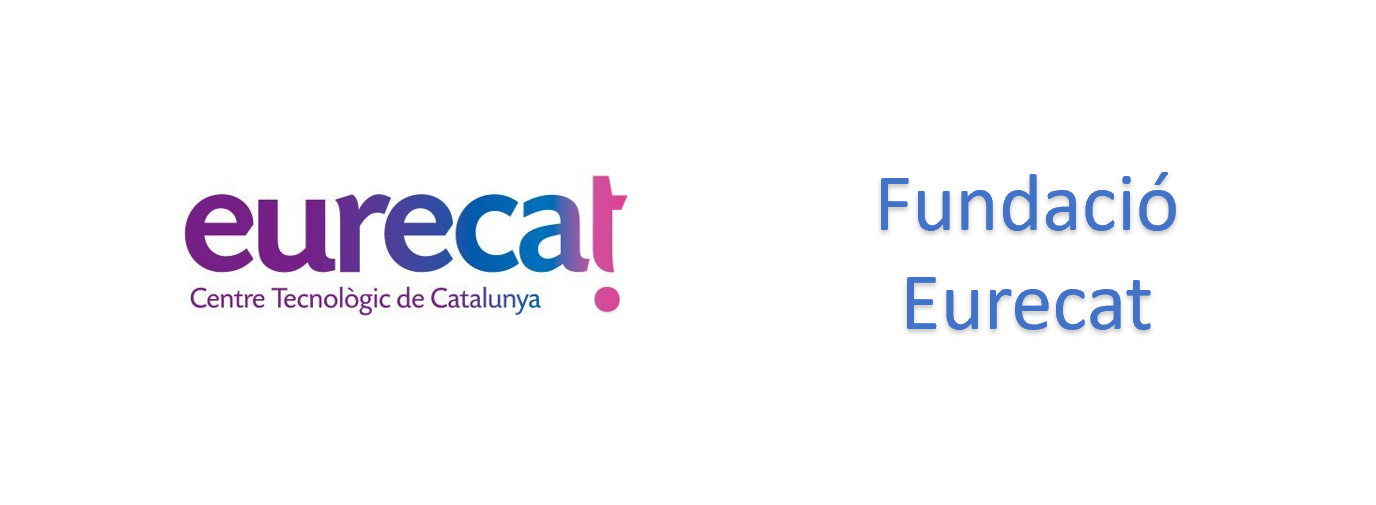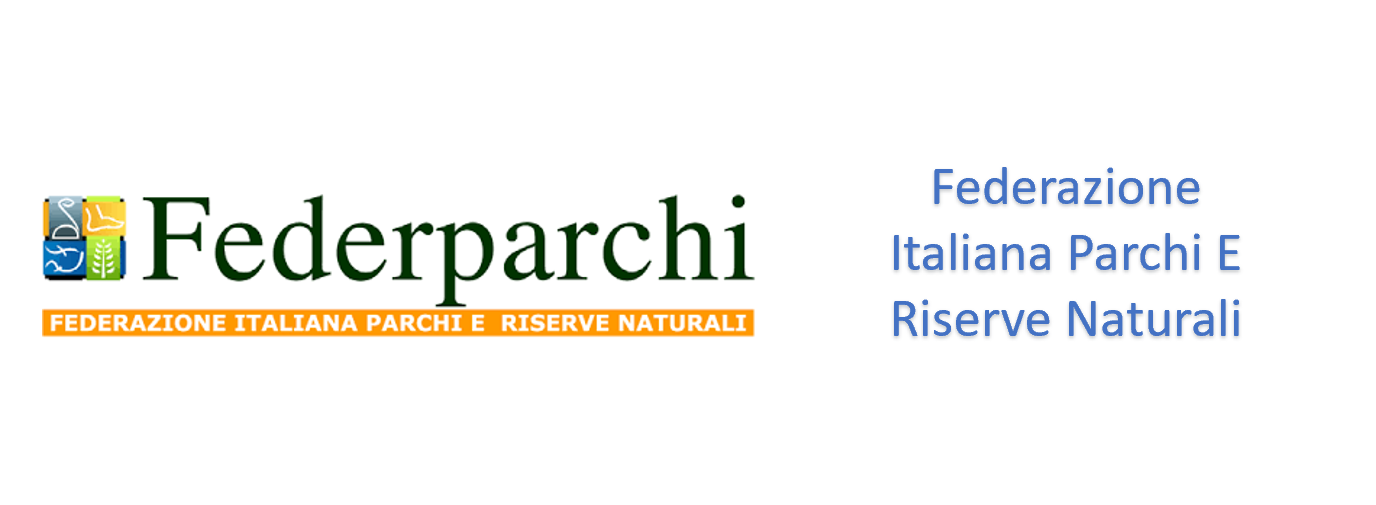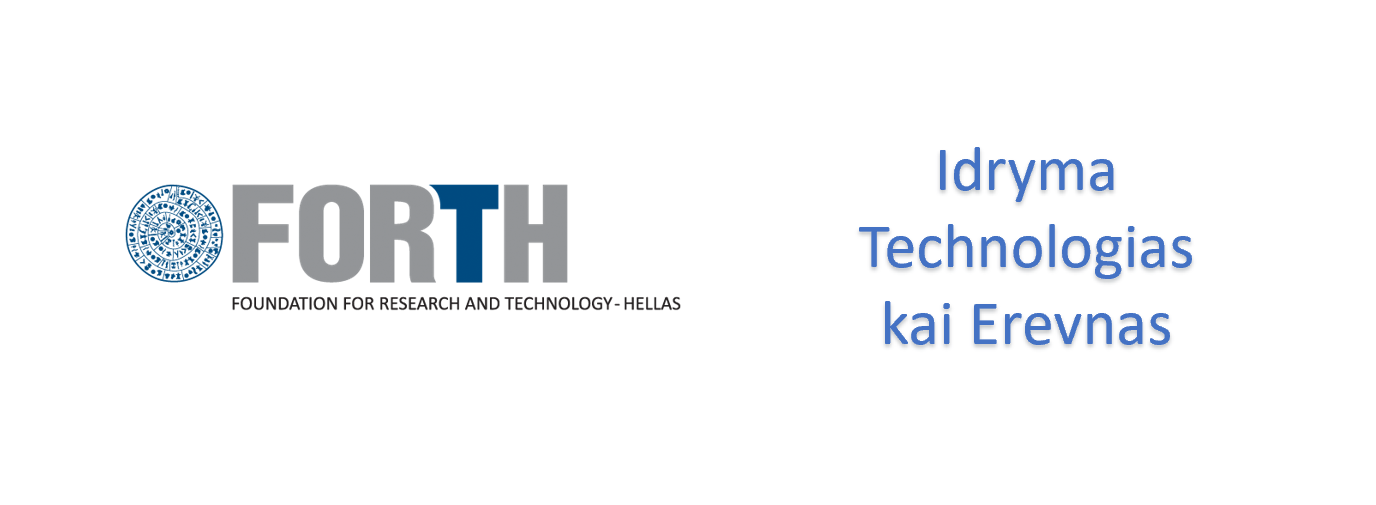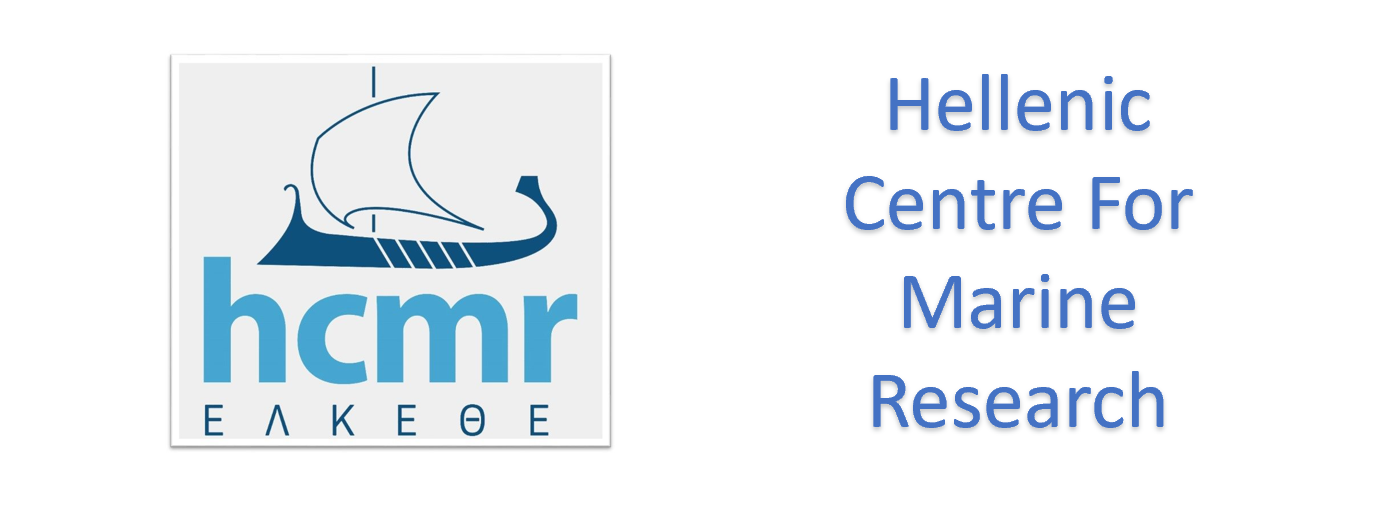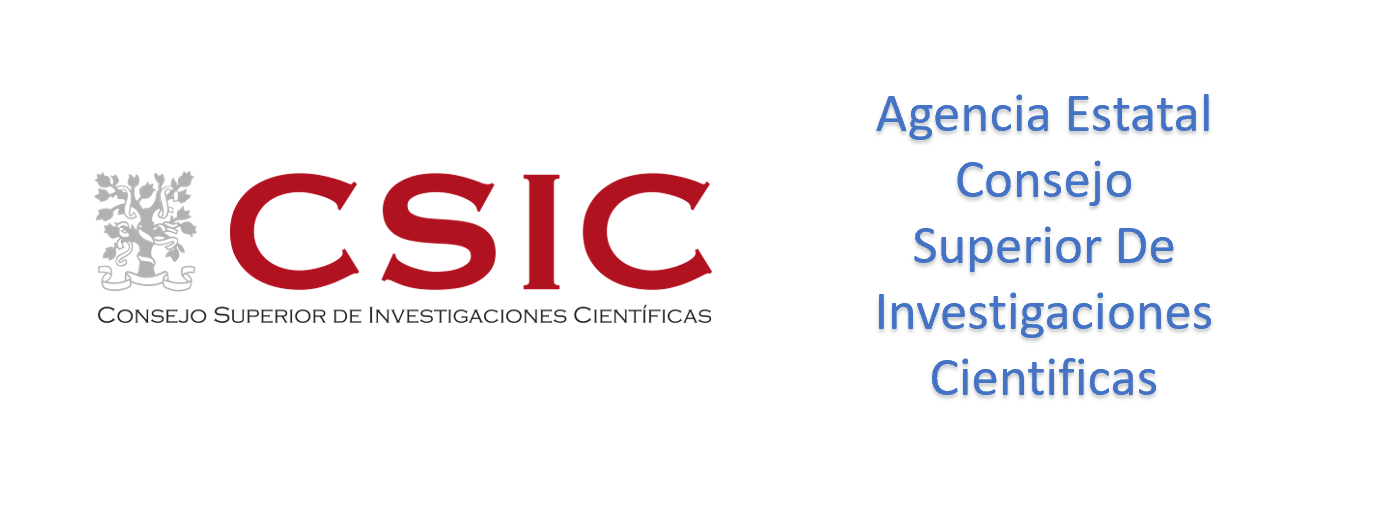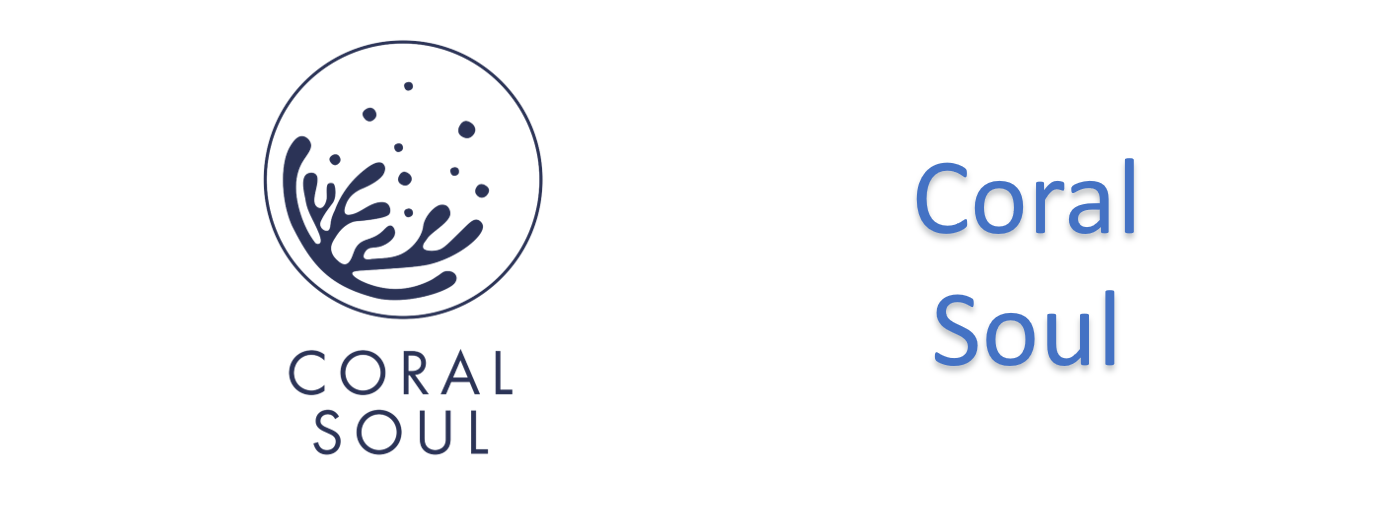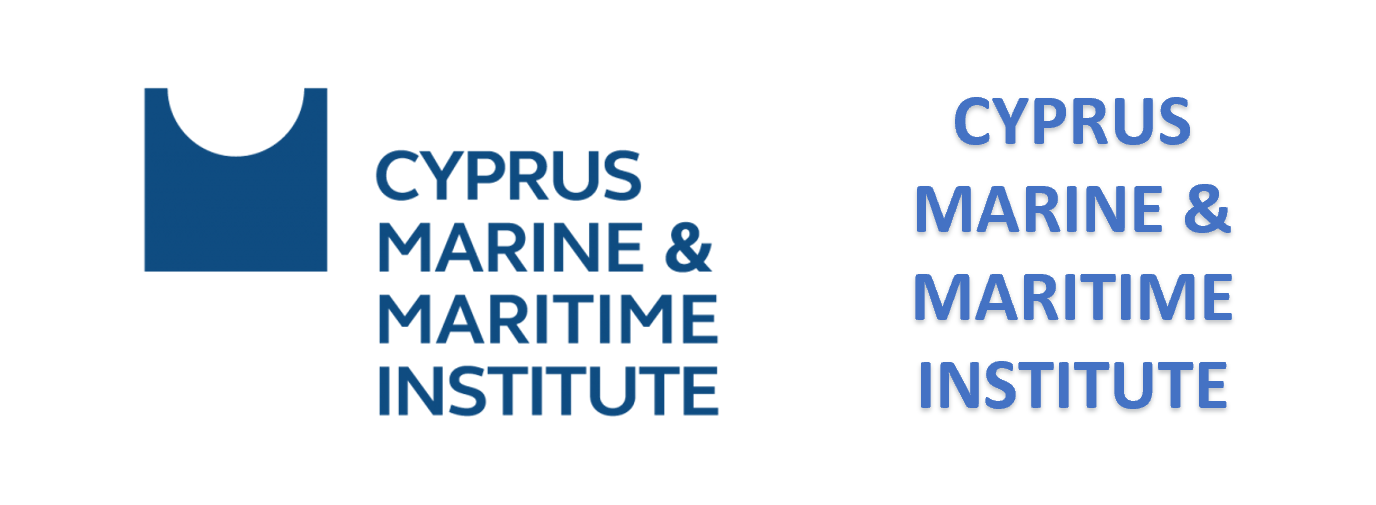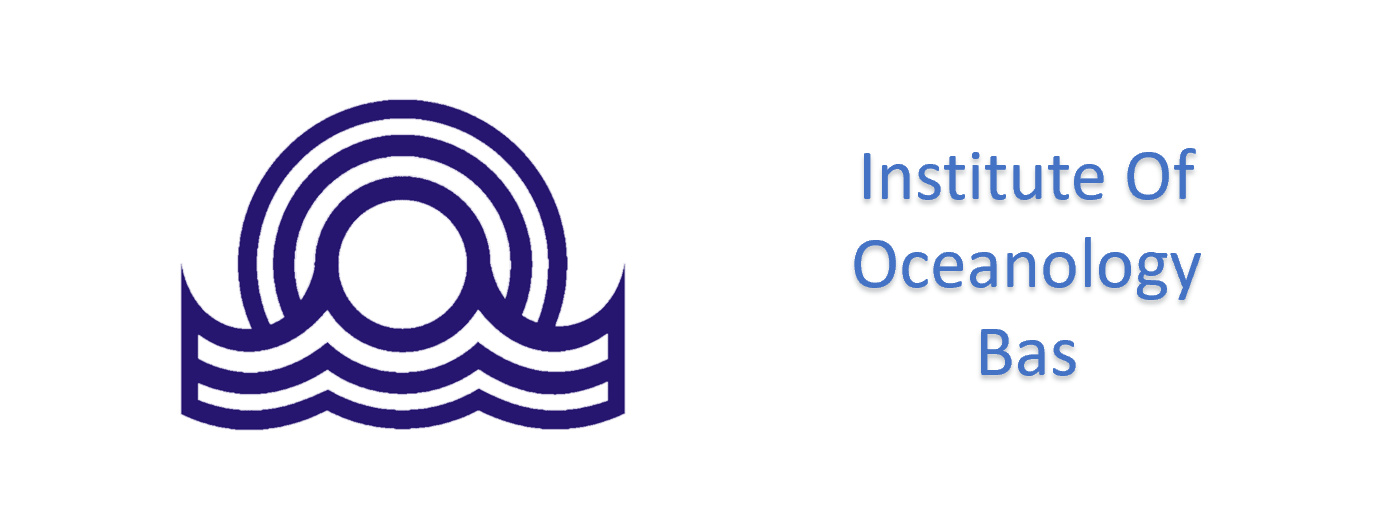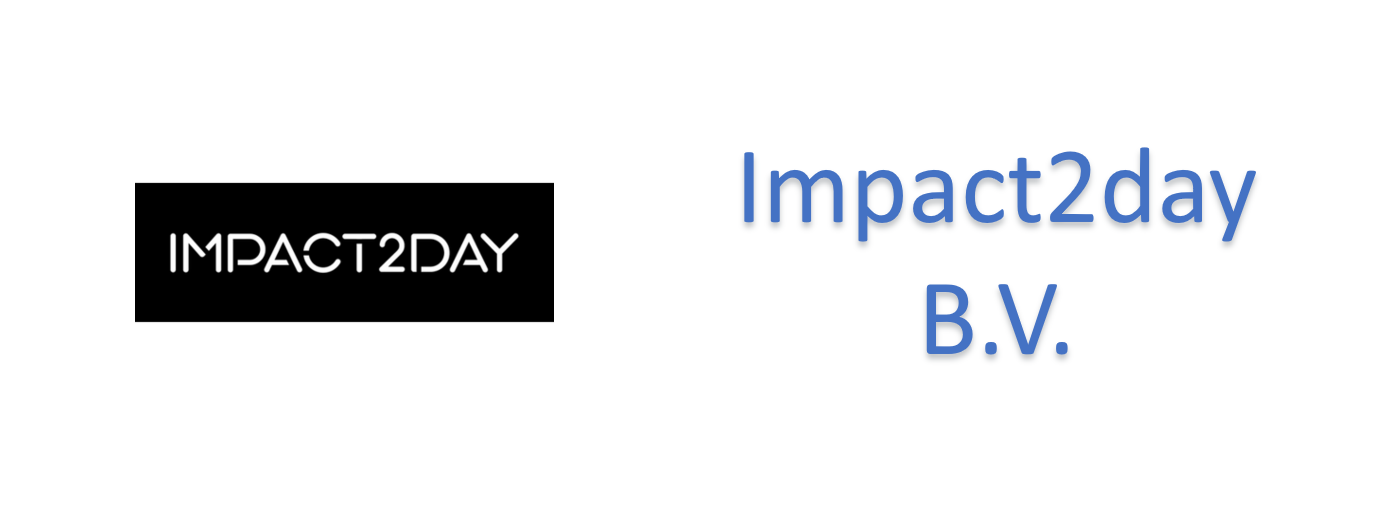Enhancing social well-being and economic prosperity by reinforcing the eFFECTIVEness of protection and restoration management in Mediterranean MPAs
Key Information
Total project cost: € 9,736,604.75
Total project funding: € 8,499,011.00
Duration: 01/06/2023 – 31/05/2027

Social Media
Project challenge & objective:
The EFFECTIVE main objective is to develop a comprehensive scientific knowledge base and practical guidance, combining science, technological nature-based solution, digitalization, and social implication for the application of the Ecosystem-Based management (EBMS) to the protection and restoration management of the EU’s Mediterranean Blue Natural Capital.
To achieve the EFFECTIVE main objective, the following 5 specific objectives are identified:
- Apply EBMS to identify, analyse and extend an ecological corridor in the Mediterranean Sea, connecting habitats and biodiversity.
- Apply EBMS to analyse and extend the status of MPA in the Mediterranean Sea.
- Demonstrate nature-based seabed protection and restoration solutions, including preserving seabed carbon sequestration capacity, in a real environment.
- To identify limiting factors, gaps and recommendations of existing MPA legislation regarding environmental and anthropogenic pressures, setting up links with previous projects.
- To implement an innovative digital data visualization and aggregation tool in the form of a Digital Twin for enabling data exploration, research, participation and citizen science.
Role of CMMI:
CMMI will be responsible for one of the four pilot cases which will be conducted at Cape Greco, Cyprus. The study will focus primarily on the Scleractinian species Cladocora caespitosa, which has a demonstrated susceptibility to the increasing disturbances which affect coastal ecosystems, like heightened seawater temperatures, extreme storm events, corallivorous species outbreaks and invasive species. Specialized methodologies using floating nurseries for the restoration of endangered coral species Cladocora caespitosa will be developed at shallow depths. In addition, a “smart” technologies will complement the case study for environmental data collection using specialized sensors. Such data will be used to characterize the environmental conditions of the adjacent ecosystems but also, to train the ecological/predictive models and algorithms of the proposed work. Hard-bottom habitats adjacent to the coral pollutions will be chosen for this study as “control” or “treatment” sites to compare the respective hard-bottom communities. Our aim with this methodology is to use already fragmented coral nubbins, commonly found in an area adjacent to the MPA, heavily impacted from eutrophication, wind-storms, heatwaves and other extreme event.
Consortium:

Funded by the European Union under the Horizon Europe Program, Grant No: 101112752.

